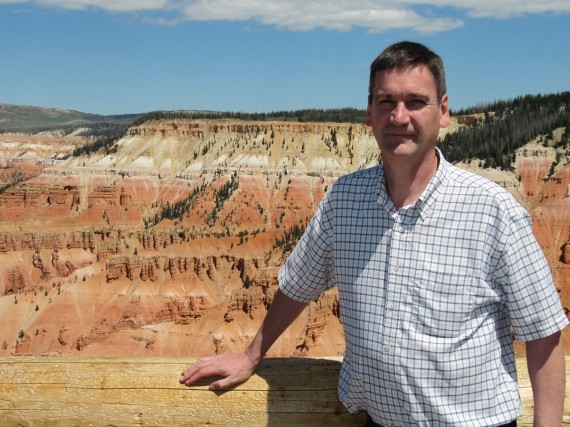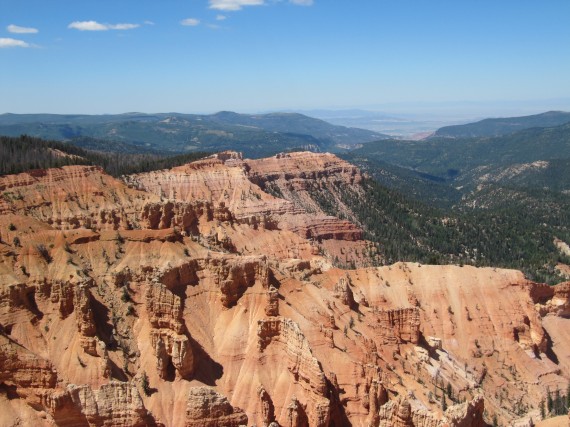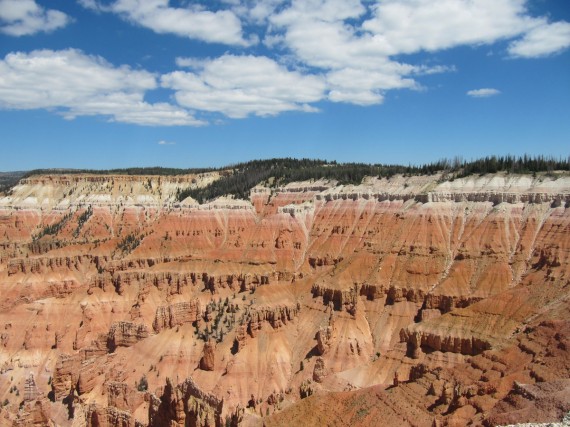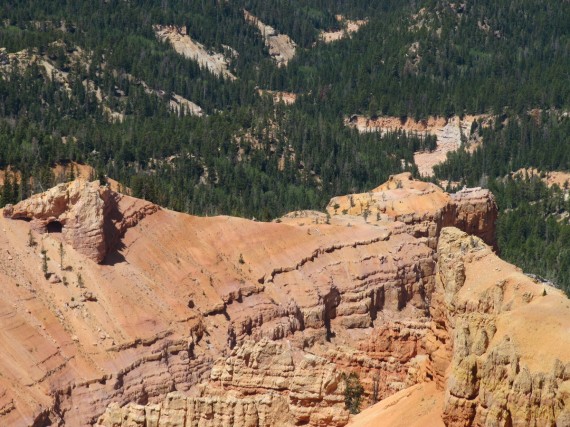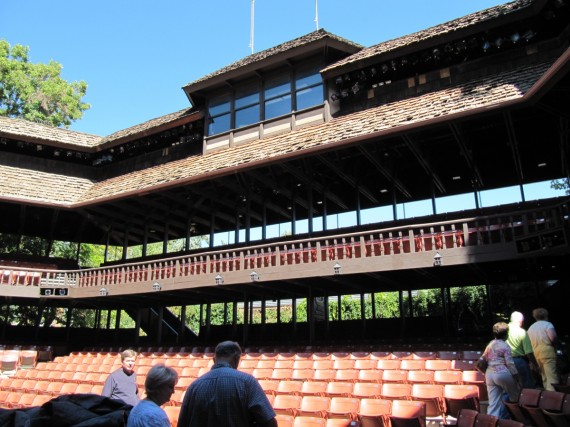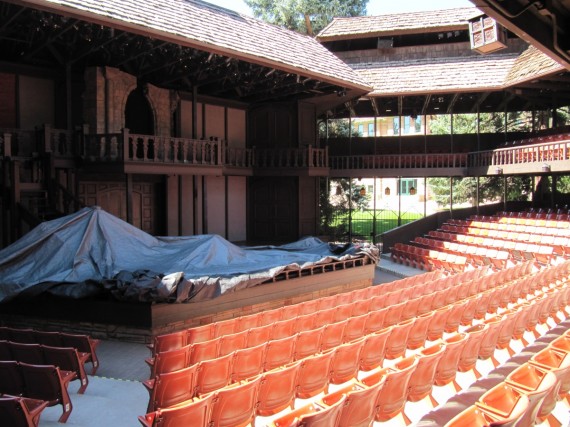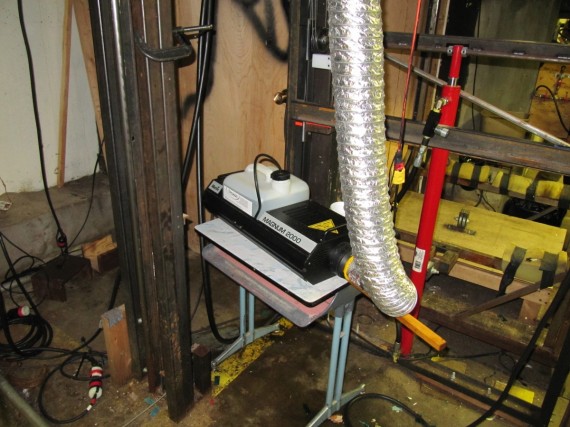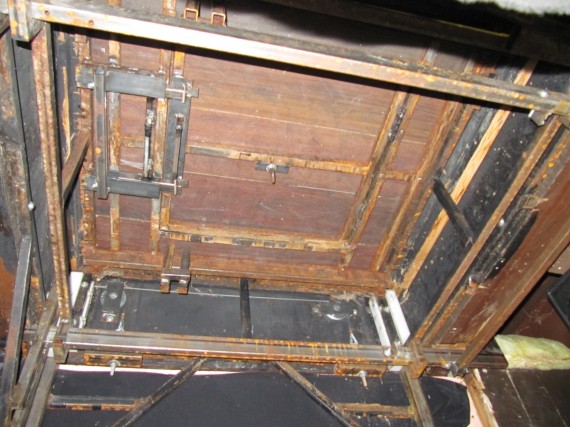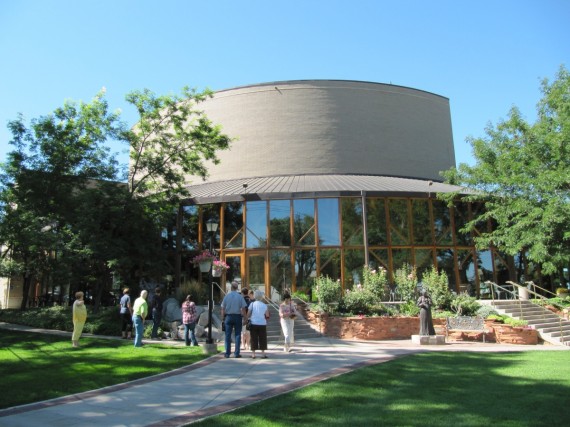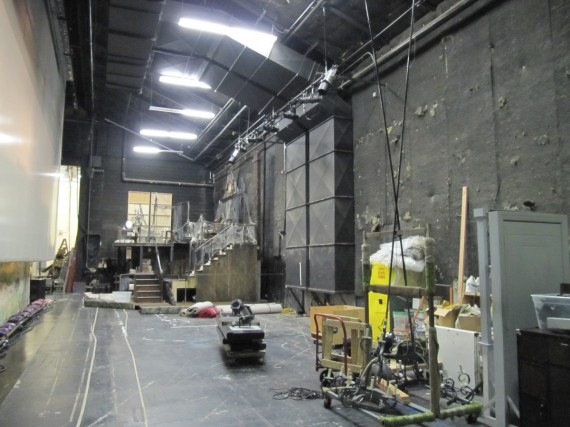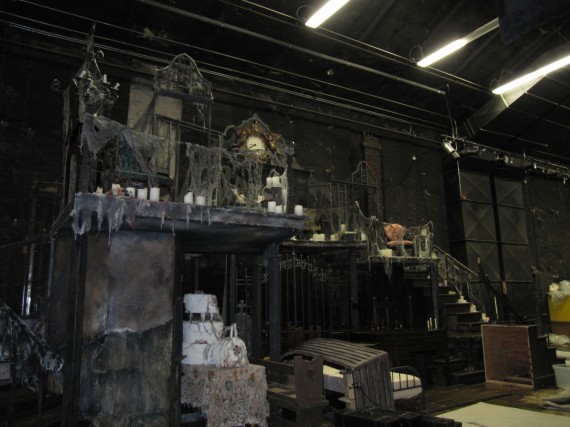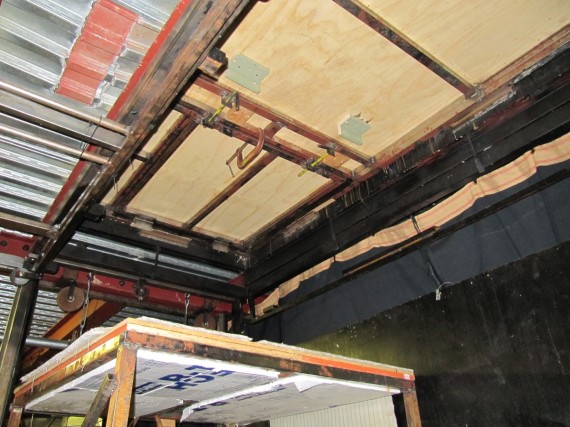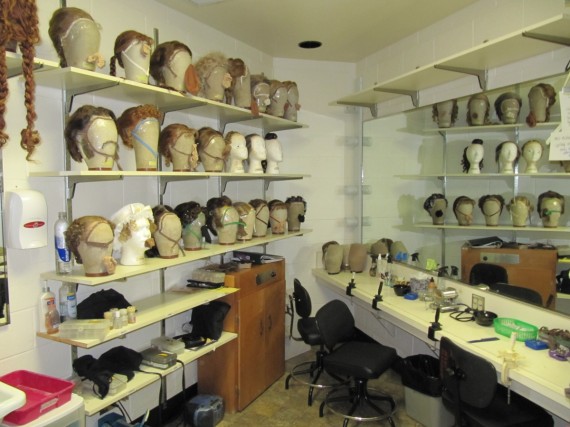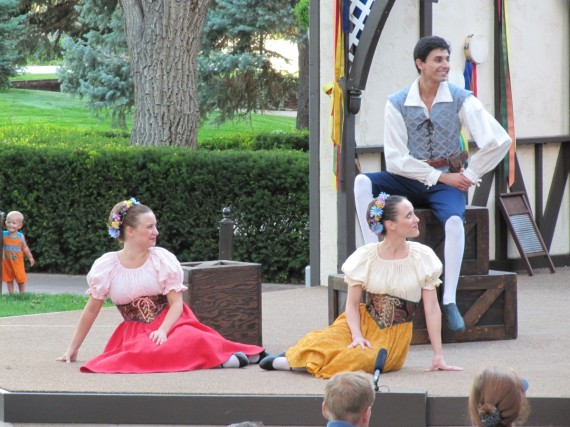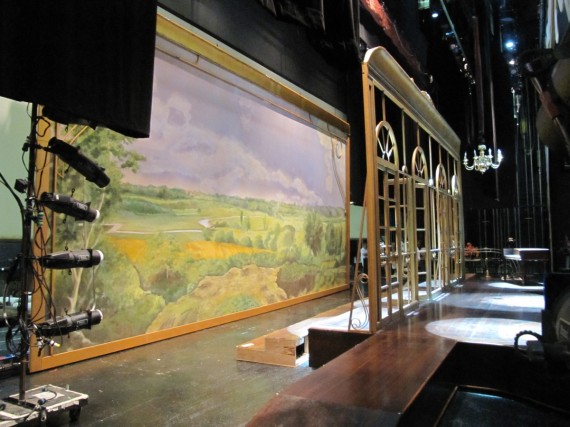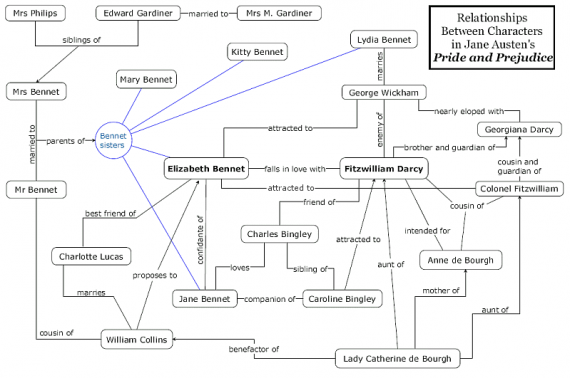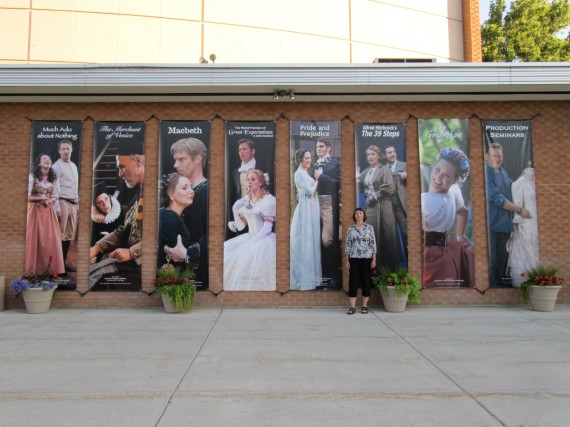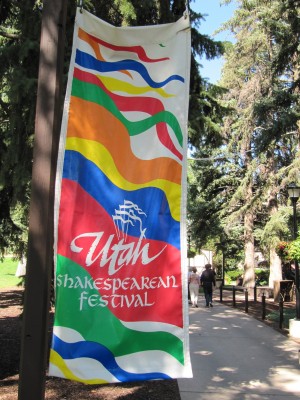Between the Backstage Tour and Pride and Prejudice we visited Cedar Breaks National Monument. There was construction going on at the visitor center with areas roped off. I last saw Cedar Breaks over 25 years ago and it was bigger than what I remember it. We didn’t have much time there but it was worth the drive. I did get a few photographs which you can click to enlarge.
Cedar Breaks, according to Wikipedia, is a natural amphitheater canyon, stretching across 3 miles, with a depth of over 2,000 feet. The elevation of the rim of the canyon is over 10,000 feet above sea level. The eroded rock of the canyon is similar to formations at Bryce Canyon National Park, but has its own distinct look. Because of its elevation, snow often makes it inaccessible to vehicles from October through May.
The canyon-rim visitor center, tiny compared to the visitor centers at nearby and better-known Bryce Canyon and Zion National Park, is open only from June through October, although park headquarters at a lower elevation in Zion is open the rest of the year. It is not as popular as some of the nearby National Parks, but several hundred thousand people do visit annually.
I like this photograph, click here for a full resolution version (3 MB). The golden-mantled ground squirrel is a type of ground squirrel that lives in all types of forests across North America. It eats seeds, nuts, berries, insects, and underground fungi. It is preyed upon by hawks, jays, weasels, foxes, bobcats, and coyotes. A typical adult ranges from 9 to 12 inches in length. The Golden-mantled ground squirrel can be identified by its chipmunk-like stripes and coloration, but unlike chipmunks, it lacks any facial stripes. It is commonly found living in the same habitat as Uinta chipmunks.
Cedar Breaks was established in 1933. A small lodge, designed by Gilbert Stanley Underwood and built and operated by the Utah Parks Company once existed near the south end of the monument, but it was razed in 1972. The Cedar Breaks Lodge was the smallest of the park lodges in the Southwest. It was deemed “uneconomical to operate” by the Park Service, but protests associated with its demolition caused the Park Service to re-examine its policies concerning lodges in other parks, contributing to their preservation. The monument includes Cedar Breaks Archeological District, which is listed on the National Register of Historic Places in 1978.
